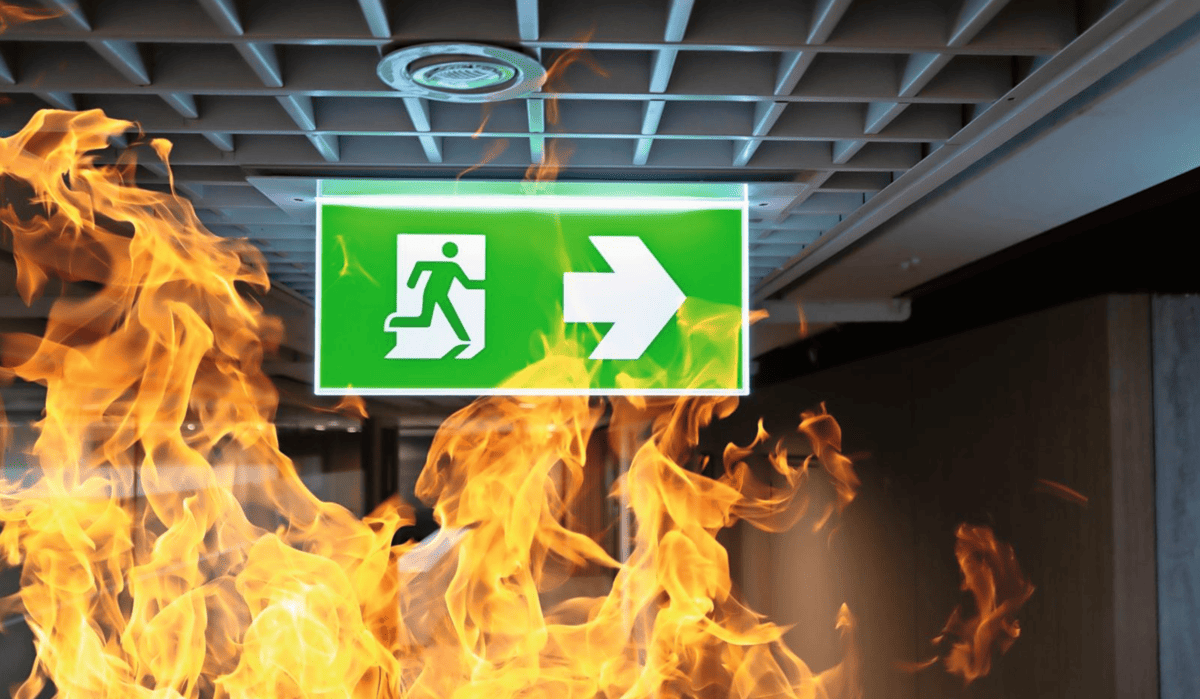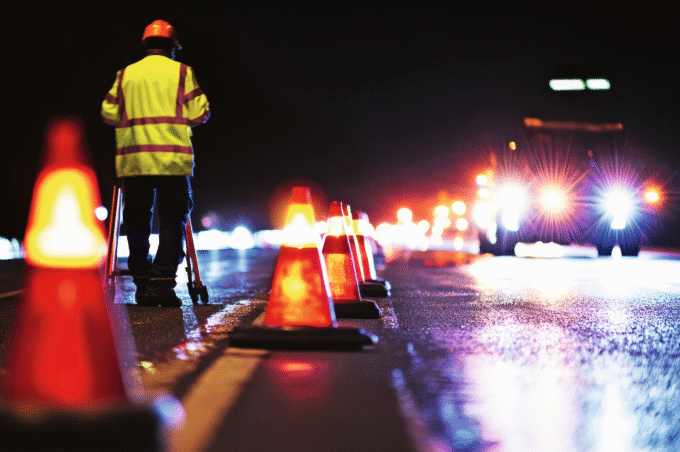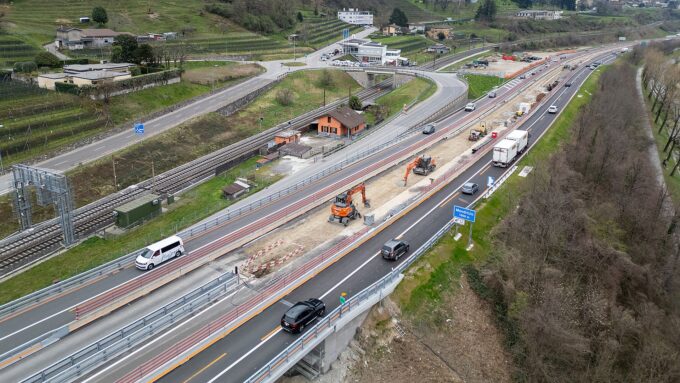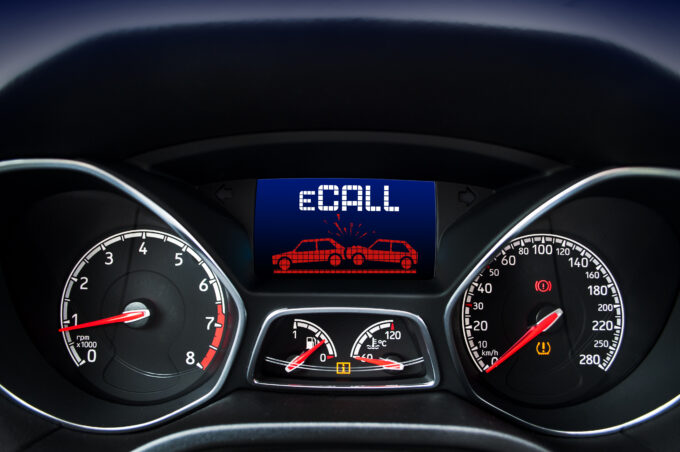Fire protection systems: It doesn't work without an integral test
Every year, technical fire protection systems worth several hundred million Swiss francs are installed in Switzerland. The sometimes complex interaction of fire alarm systems, smoke extraction systems, ventilation systems, lifts, etc. is a major challenge even during planning and commissioning.

When different systems interact, interfaces must be defined and tested across all trades. Sensitive points such as escape route doors, which are also used as air vents, require special attention. Precise documentation of the systems is particularly important. The crowning glory of a construction project is the integral test of the fire protection systems.
Important: the fire matrix
The fire matrix is required for an integral test. If this is not available, it must be recreated, which is usually very time-consuming.
The recorded sensors and actuators are arranged and labeled on the floor plan. With a clear designation and exact positioning on the floor plan, the components are quickly found during the integral test and can be reliably checked. Intelligent software supports the testers on site. The test participants can document and record the activities of their actuators online or offline. The results are displayed on the test manager's laptop and can be evaluated immediately.
The advantage of an integral test is not only compliance with VKF BSE 108-15 (guaranteeing the operational readiness of fire control systems), the procedure also makes an active contribution to personal safety and property value protection in a property. Depending on the risk group (VKF BSE 108-15), an integral test must be carried out every two, four or six years:
For risk group 1, high risk, an integral test must be carried out every two years. This applies to all buildings with a smoke and heat extraction system with proof of performance or if a smoke protection pressure system is installed.
For risk group 2, medium risk, an integral test must be carried out every four years. This applies to all accommodation establishments and buildings/installations with a smoke and heat extraction system without proof of performance.
For risk group 3, low risk, integral testing must be carried out every six years. This applies to all buildings and installations that do not fall into risk groups 1 and 2.
Conclusion
The integral test of fire protection equipment should be carried out regularly. This is the only way to ensure that the systems are ready for use at all times.
It is important to emphasize that the integral testing of fire protection systems is only one part of a comprehensive fire protection concept. It is advisable to carry out regular maintenance and inspection work to ensure that the systems are in optimum condition.
www.aumueller-gmbh.de









